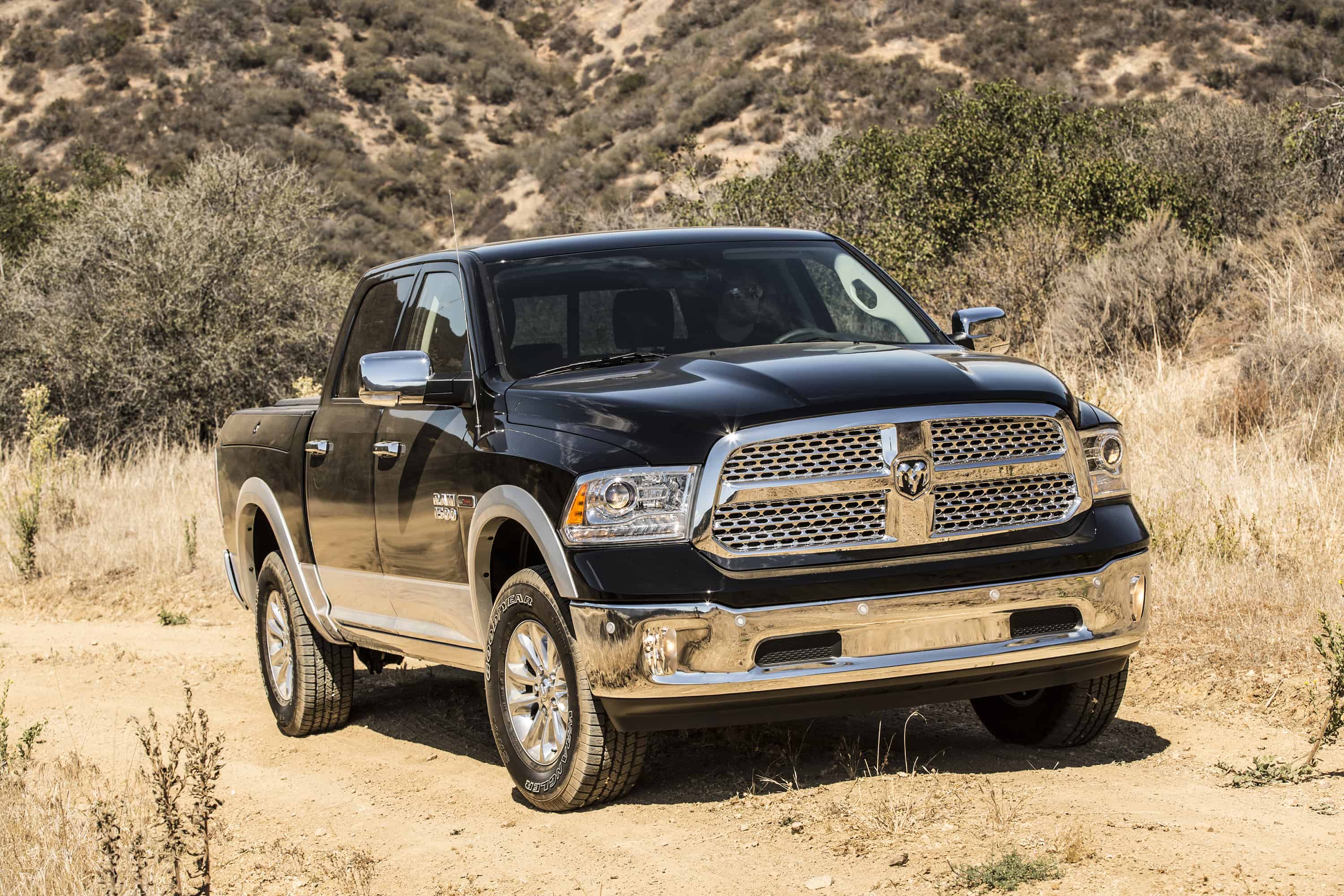New EPA rule allows R-1234yf in certain trucks
By Steve Schaeber, MACS Technical Editor
If you’ve been waiting to see R-1234yf in something larger than a ½ ton pickup truck, you might not have to wait too much longer. A new EPA rule that was just signed last week by Administrator Gina McCarthy allows vehicle manufacturers to use the new HFO refrigerant in certain medium and heavy duty vehicles, as long as they comply with certain regulations.
The new rule lists HFO-1234yf as acceptable, subject to use conditions, for limited HD vehicle types, such as medium-duty passenger vehicles, HD pickup trucks and complete HD vans. In other words, it allows the use of yf in medium and heavy duty vehicles with a GVWR of between 8,500 and 14,000 pounds (Classes 2b and 3). Keep in mind that at this point, it only applies to newly manufactured vehicles built with an air conditioning system designed to use yf.

Up until this point, only light duty pickup trucks such as this 2016 Ram 1500 were allowed to use the refrigerant R-1234yf. They’re considered to be “Class 2a” trucks, because they fall within a GVWR (Gross Vehicle Weight Rating) range of 6,001-8,500 pounds.
It’s being called “Rule No. 21” (part of EPA’s SNAP program) and it does a lot more than just allow yf to be used in MD trucks. It also requires technician certification in order to purchase MAC refrigerants, as well as requiring the use of self sealing valves in those small cans sold at auto parts and other big box stores. You can read more about that on the MACS WordPress BLOG at this link: https://macsworldwide.wordpress.com/2016/09/30/new-epa-rule-restricts-the-sale-of-hfc-refrigerants/

We expect Class 2b trucks like this Ford F-250 Super Duty to be next in line to get yf, as they’re being put together on the same assembly line as their ½ ton counterparts.
We think this rule makes a lot of sense too, because after all there are only minor differences in the size and configuration of the A/C systems between these vehicles as compared to their smaller counterparts. In fact, many of the bodies and cabs used to build these trucks are the same; it’s the chassis, frame and suspension that can really tell them apart. As an example, what are the main differences between the A/C system of a Ford F-150 pickup truck and an F-550 Super Duty? For 2013, the refrigerant charge amounts only differed by about 4 ounces, likely due to variations in components or heat load amongst the engines. Let’s also compare two 2016 Chevys: The Silverado 1500’s GVWR is 6,500-7,200 lbs, while the 2500HD is 9,300-9,900 lbs. The 2500HD can’t use yf, even though they’re built on the same assembly line with nearly identical A/C systems.
Most of this new rule applies to other industries besides MVAC, and you can learn more about it on EPA’s www.epa.gov website.

This 2016 Ram 1500 uses 1.125 pounds (1 pound & 2 ounces) of R-1234yf refrigerant in its A/C system. That’s a significant reduction compared to the 2014 Ram 1500 which used 1 pound and 6 ounces of R-134a. Don’t think the 4 ounce difference seems like a lot? It’s actually an 18.18% decrease in the amount of refrigerant used. A huge difference indeed!
What does this new rule mean to your shop? You might soon see some of the larger work trucks, work vans, utility bodies, plumber, bucket, stake, dump and other vocational trucks using the new refrigerant. Unless it gets into an accident that damages the A/C system, you probably won’t have to work on the A/C system for a few years yet. So for right now, you’ll want to stay on top of what’s going on to learn about the new models coming out with the gas, the new tools and equipment you’ll need to use, and other developments in the work truck A/C market.
MACS stays on top of the ever changing world of mobile A/C to keep its members informed. If you enjoy reading this and other air conditioning articles, then why not join the world’s largest community of mobile A/C professionals today! Visit the MACS website at www.macsw.org to learn more about becoming a member of MACS!
Are the technicians in your shop MACS Certified? Visit the MACS website www.macsw.org where you can learn how you or your technicians can become certified by MACS under Section 609 of the US Clean Air Act. While you’re there, you can download a copy of the MACS study manual.
Keeping in touch with MACS keeps you in touch with the world of mobile A/C! If you’re a mobile A/C technician or shop owner and you’re not yet a MACS member, what are you waiting for? Visit our website www.macsw.org for more information and to join MACS and become a member today!

Leave a Reply